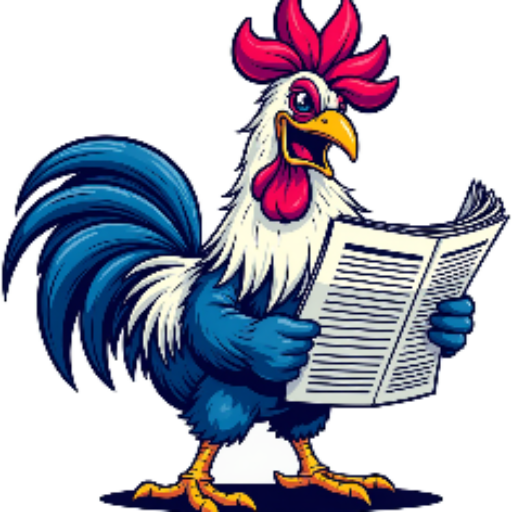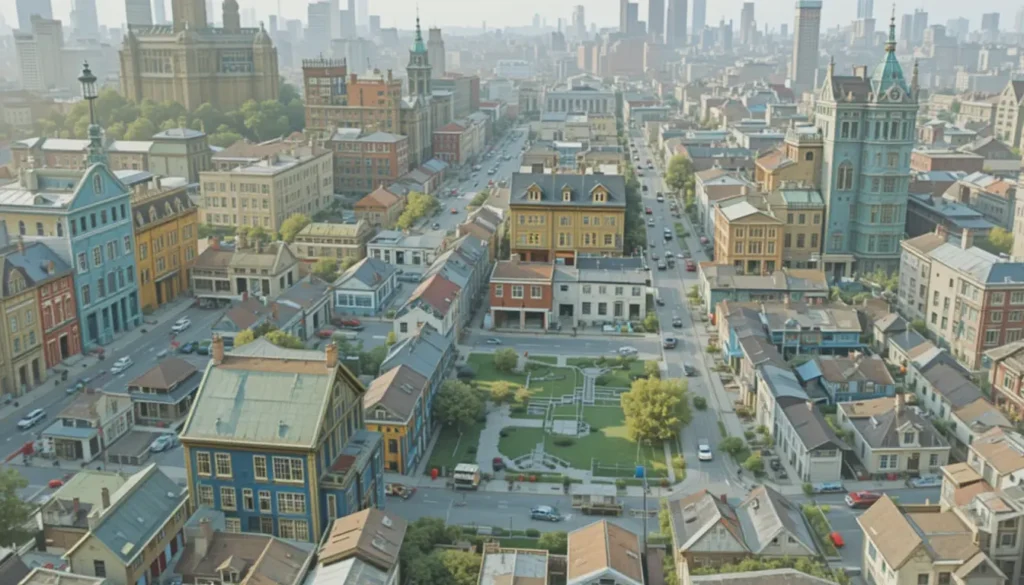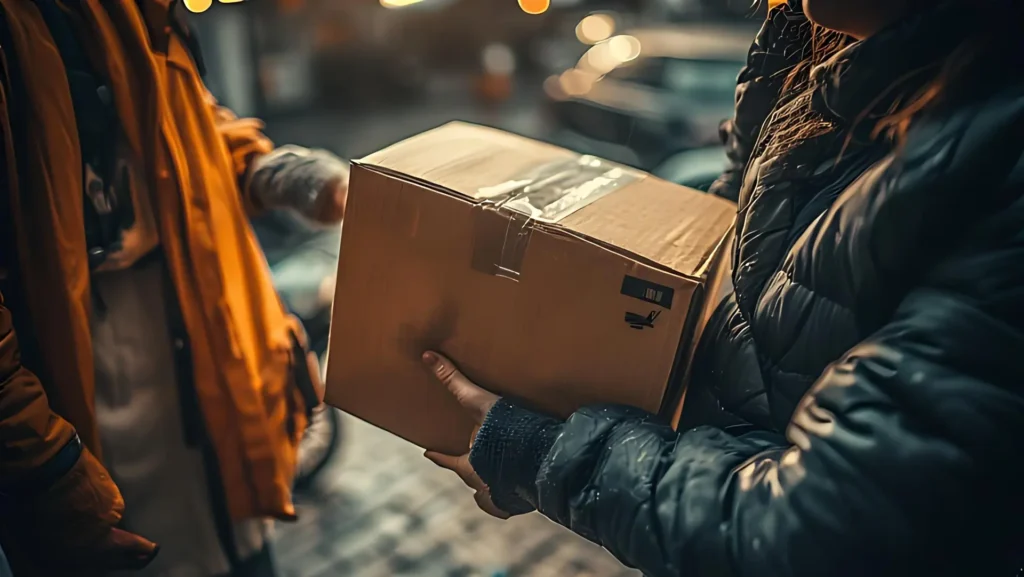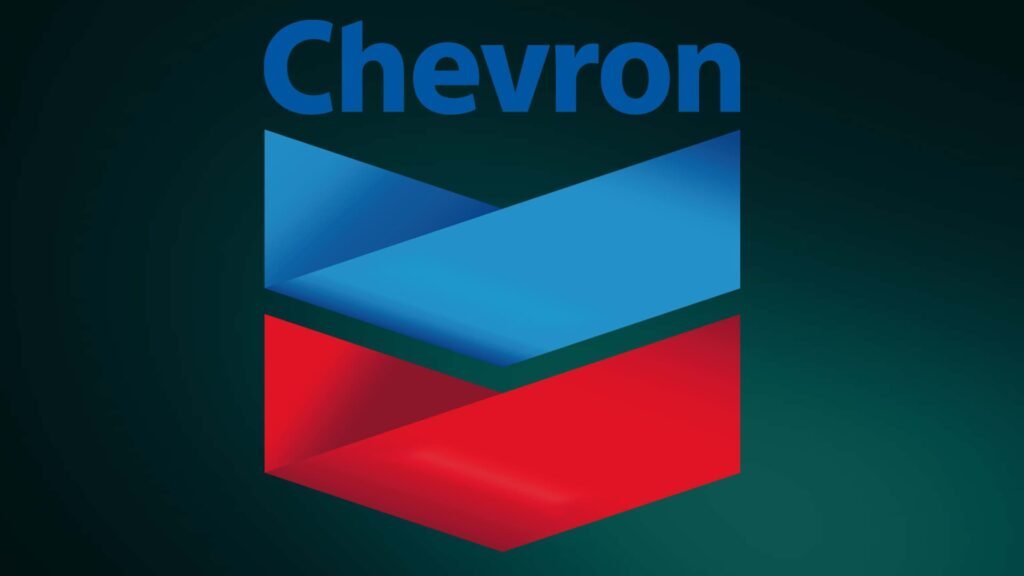Amazon’s Prime Day 2025 has stretched into a four-day extravaganza, kicking off at the unholy hour of 3:01 a.m. Eastern on Tuesday, July 8. The e-commerce behemoth, apparently bored with its usual two-day sprint, decided to give shoppers extra time to empty their wallets.
But with tariffs looming and some sellers playing hooky, this year’s deal-fest might feel like a clearance sale at a thrift store with half the shelves empty.
The event, now in its 11th year, promises deals dropping faster than a Wi-Fi connection in a storm—every five minutes during peak times. Prime members, especially the 18-24 crowd, get a sweet deal: a $7.49 monthly membership instead of the usual $14.99, plus 5% cash back for a limited time.
Amazon’s clearly wooing Gen Z, hoping they’ll trade their avocado toast budget for discounted AirPods and scented candles.
Tariffs, those pesky import taxes, are the uninvited guest at this shopping party. Amazon and its third-party sellers stockpiled goods before President Trump’s tariffs hit, keeping prices steady for now. Adobe Digital Insights’ Vivek Pandya predicts discounts will mirror last year’s, with other retailers like Walmart and Target slashing 10-24% off suggested prices.
Not everyone’s joining the discount dance, though. Over 60% of Amazon’s sales come from third-party sellers, but some are sitting this one out to protect their profits. They’d rather hoard their pre-tariff inventory than sell it cheap and cry later when costs skyrocket.
Take Outdoor Fellow, a home fragrance company reliant on Chinese candle bits—lids, jars, you name it. Founder Patrick Jones doubled his inventory earlier this year to dodge tariff hits. He’s offering 32% off $34 candles, a bold move to clear stock while the getting’s good.
Other sellers, like Steve Green with his $230 bicycles, are skipping Prime Day entirely. Green’s holding onto his pre-tariff goods to sell at full price later, because 145% tariffs make his bikes pricier than a hipster’s artisanal coffee habit. Kim Vaccarella of Bogg Bag fame is also opting out, redirecting her tote bags to Macy’s and smaller shops for better margins.
Amazon’s not sweating it, claiming a “strong response” from sellers, but the absence of some third-party discounts might mean fewer deals on trendy gadgets or quirky home goods. Shoppers could see more Amazon-branded stuff—think Echo devices and Fire tablets—filling the gaps. It’s like showing up to a buffet and finding half the dishes are just variations of mashed potatoes.
The four-day extension, announced by Amazon’s Prime VP Jamil Ghani, aims to give shoppers more time to snag deals. But analysts are skeptical it’ll spark a spending spree. Caila Schwartz from Salesforce notes that last year, shoppers bought early and then ghosted, a trend that might repeat as consumers clutch their wallets amid tariff fears.
Adobe predicts a whopping $23.8 billion in online spending from July 8-11, a 28.4% jump from last year’s equivalent period. That’s a lot of impulse buys, but with inflation worries and potential price hikes, shoppers might stick to essentials. Think toothpaste and socks, not 4K TVs or robotic vacuums.
Brett Rose of United National Consumer Supplies agrees, saying folks will likely grab beauty products and everyday items. Prime Day’s historically been a back-to-school shopping kickoff, and this year, tariff jitters might push consumers to stock up early. Nobody wants to pay more for notebooks when September rolls around.
Competitors aren’t sitting idle. Walmart’s stretching its sales through July 13, offering deals online and in-store for the first time. Target’s Circle Week is throwing 20% off for students and teachers, while Best Buy’s joining the July discount frenzy.
It’s a retail rumble out there, with everyone trying to out-discount the other. Amazon’s banking on its deal-a-minute strategy to keep shoppers clicking, but some are already side-eyeing their budgets. Schwartz warns that cautious consumers might blitz the early deals and then vanish, leaving retailers scrambling.
Tariff talk has shoppers on edge, but Amazon’s preemptive stockpiling means discounts haven’t taken a hit yet. Still, the uncertainty’s got some folks buying necessities now, fearing pricier times ahead. Rose predicts a surge in practical purchases—think shampoo, not smartwatches.
For Gen Z, that 5% cash back is a nice cherry on top, but will it be enough to loosen their purse strings? With TikTok trends driving their shopping habits, Amazon’s hoping to hook them with flashy deals on tech and fashion. It’s a gamble, but one they’re betting big on.
Meanwhile, smaller sellers are playing a different game. Some, like Jones, are diving into Prime Day to clear inventory, while others are holding back, waiting for a better day to cash in. It’s a high-stakes chess match, and not everyone’s making the same move.










Leave a Reply